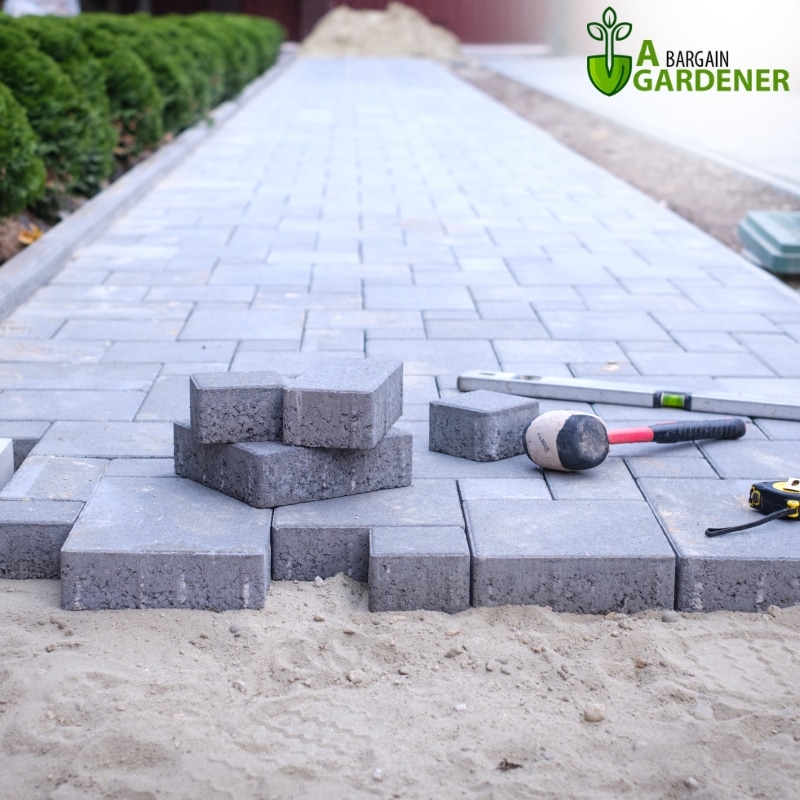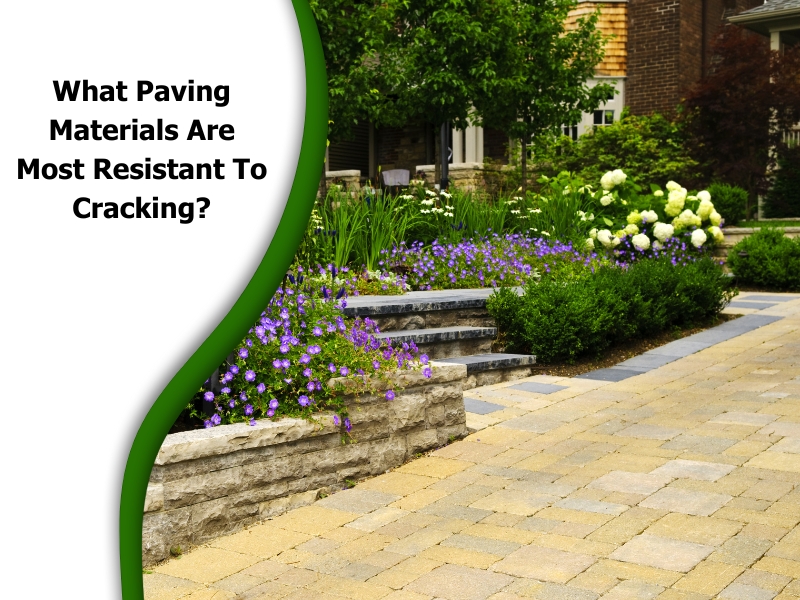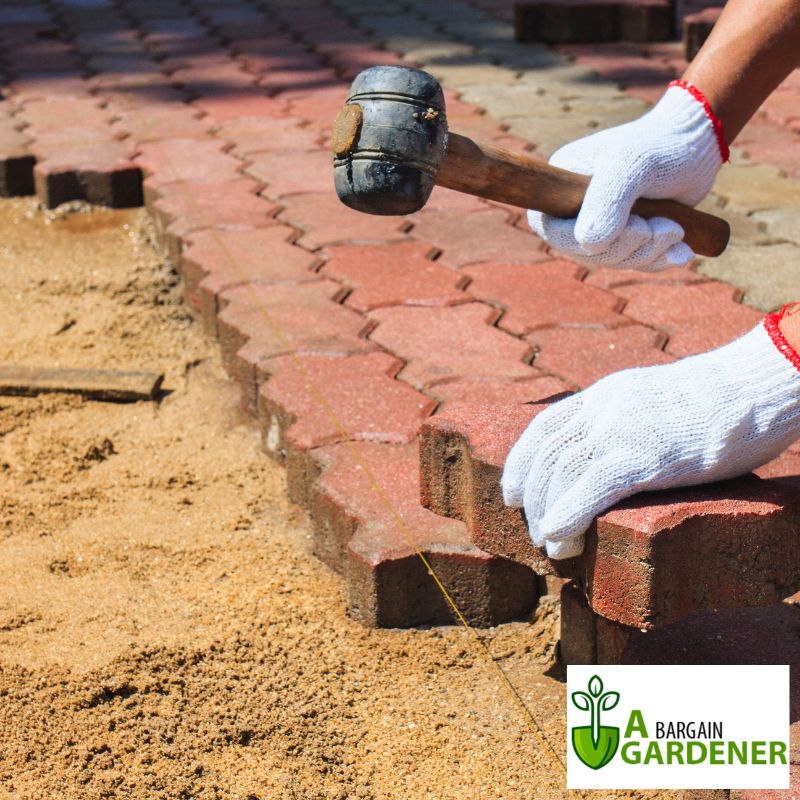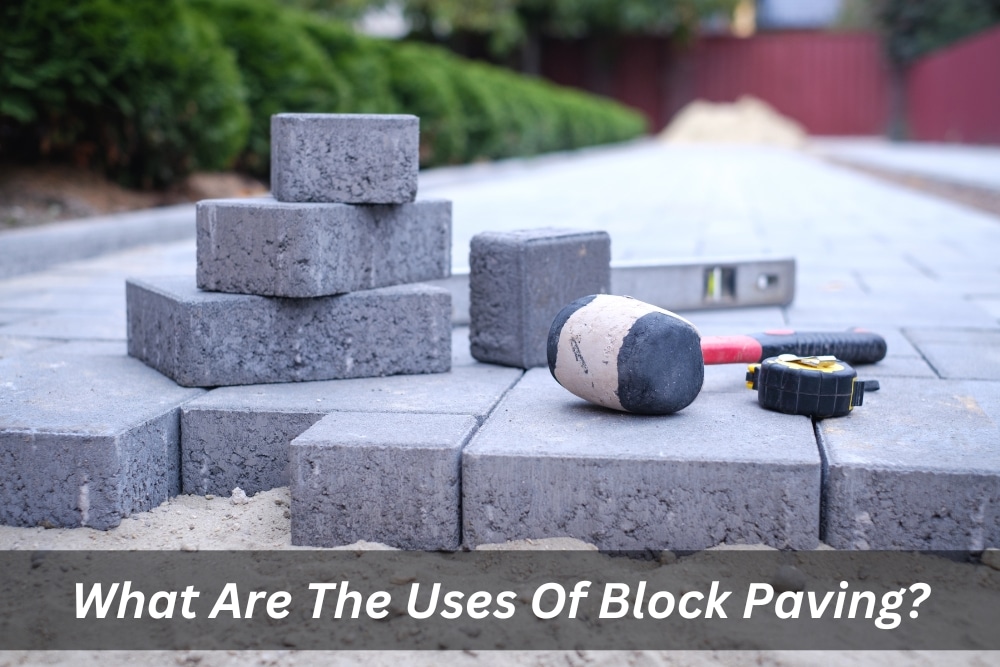Top Quality Paving Services – Enhancing Your Outdoor Spaces
When it comes to transforming your outdoor spaces, our paving services are the key to achieving stunning results. Whether you need brick paving, concrete paving, or pool paving, our team of experts will deliver exceptional craftsmanship and attention to detail. With our paved driveways, you can create a beautiful entrance to your home that not only enhances its curb appeal but also provides a durable and long-lasting solution. We offer a variety of paving patterns, including limestone paving, red brick paving and grey paving to suit your unique style and preferences. In addition to driveway paving, our services extend to patio paving, allowing you to create a functional and inviting outdoor space for entertaining or relaxation. Our creative landscaping services can add curb appeal to your home, ensuring that your outdoor areas are not only beautiful but also functional and practical.









